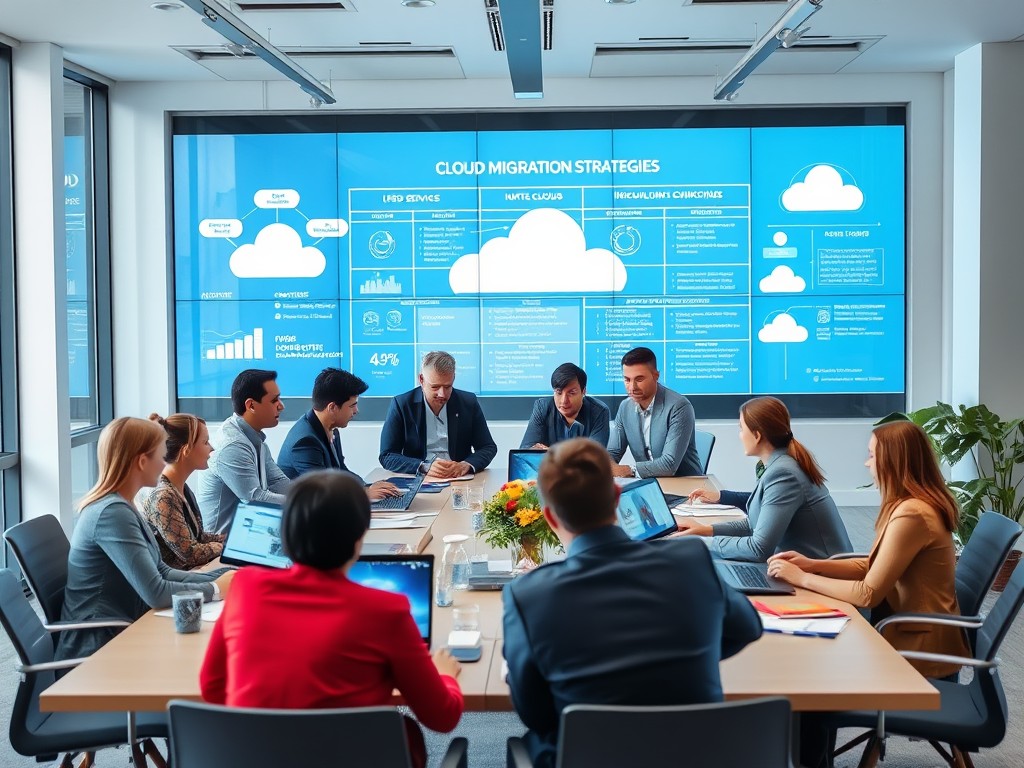5 R's of Cloud Migration Strategies for Enterprises
Explore the 5 R's of cloud migration, including their benefits, challenges, and when to use them in your cloud transformation journey.

Cloud migration has become a cornerstone for enterprises aiming to modernize their IT systems and achieve scalability. The 5 R's provide a strategic framework to plan, execute, and optimize the migration process. Each strategy aligns with specific business needs and technical capabilities.
Rehosting ('Lift and Shift')
Rehosting involves migrating applications and workloads to the cloud without significant changes to their architecture. This strategy is ideal for organizations looking for a quick and straightforward transition, especially when resources are limited or timelines are tight.
Benefits: Faster migration time, minimal disruption, and cost-effective in the short term.
Challenges: May not fully utilize cloud-native features, leading to suboptimal performance and higher operational costs over time.
Use Case: Migrating legacy systems or when an organization's primary goal is to exit on-premises data centers.
Refactoring ('Re-Architecting')
Refactoring requires significant changes to the application’s architecture to fully utilize cloud-native services. This approach offers improved scalability, resilience, and cost-efficiency but demands a higher investment of time and resources.
Benefits: Optimized for cloud performance, enhanced flexibility, and long-term cost savings.
Challenges: Requires skilled resources, more extended timelines, and higher upfront costs.
Use Case: Applications that need modernization or require cloud-native capabilities such as serverless computing and microservices.
Replatforming ('Lift, Tinker, and Shift')
Replatforming involves making minor adjustments to the application to optimize it for the cloud without a complete overhaul. It strikes a balance between rehosting and refactoring.
Benefits: Offers better performance than rehosting while keeping costs and efforts lower than refactoring.
Challenges: Requires technical expertise to identify areas for optimization and may need some downtime.
Use Case: Applications where slight improvements in performance or cost-efficiency are needed without significant changes.
Repurchasing ('Drop and Shop')
Repurchasing replaces legacy systems with cloud-native Software-as-a-Service (SaaS) solutions. It simplifies operations by leveraging pre-built functionalities of SaaS offerings.
Benefits: Simplified management, reduced development overhead, and access to advanced features.
Challenges: Limited customization options, potential data migration complexities, and subscription costs.
Use Case: Transitioning from an on-premises CRM system to a SaaS-based solution like Salesforce.
Retiring
Retiring focuses on decommissioning outdated or redundant applications instead of migrating them to the cloud. This reduces costs and streamlines IT operations.
Benefits: Eliminates maintenance costs, reduces system complexity, and frees up resources for modernization.
Challenges: Requires thorough analysis to avoid retiring essential systems.
Use Case: Sunsetting old applications that are no longer used or have been replaced by more efficient systems.
Technology Insights
Cloud platforms such as AWS, Azure, and Google Cloud provide tailored tools and services to support all 5 R's of migration, enabling seamless and efficient transitions.
